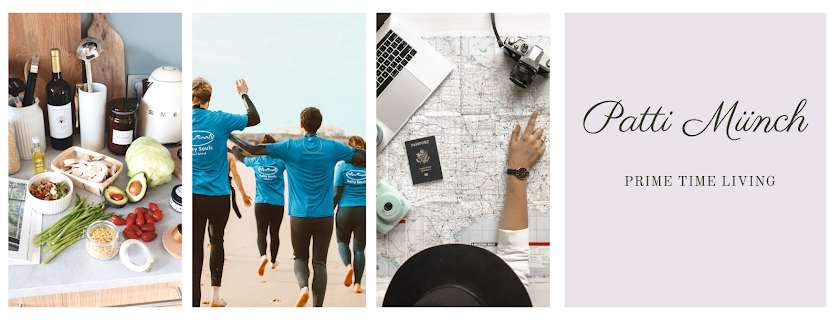I’m participating in a challenge to blog every day in May; I was supposed to post this on May 2, but was having a tech issue, so I wrote this and saved it and am backdating it to the correct date.
Technically, there are 2 types of run-on sentences — run-ons and comma splices. I tell my students not to get hung up on the name but to instead focus on identifying what they are and know how to fix them. I spend more time than I care to think about teaching and reteaching this, so I think I’m fairly good at it. Here goes.
When you have a group of words that contains both a subject and a verb and that expresses a complete thought, you have an independent clause. You can begin a dependent clause with a capital letter and put a . or ! or ? at the end, and you will then have a sentence.
If you decide to join 2 independent clauses into one sentence (for sentence variety and to achieve a nice smooth flow), you have only 3 options. You may join them through the use of one of the following:
a semicolon — that’s all it takes — really!
a semicolon, followed by a conjunction and, depending on the conjunction used, possibly a comma
*Most people don’t have a problem with either of these first 2 methods; it’s the next one that people mess up. By the way, the previous sentence utilizes the first method; furthermore, this sentence models the second one. 🙂
a comma and a conjunction — both must be used
*If you use just a conjunction, you have written a run-on, but if you have used just a comma, you have written a comma splice. Did you notice that the previous sentence demonstrates the last method? 🙂
Here again, in shorter sentences, are examples of each of the three methods.
Two independent clauses (aka sentences): I like dogs. My sister likes cats.
Method 1: I like dogs; my sister likes cats.
Method 2: I like dogs; however, my sister likes cats.
Method 3: I like dogs, but my sister likes cats.
There you have it — easy peasy!
